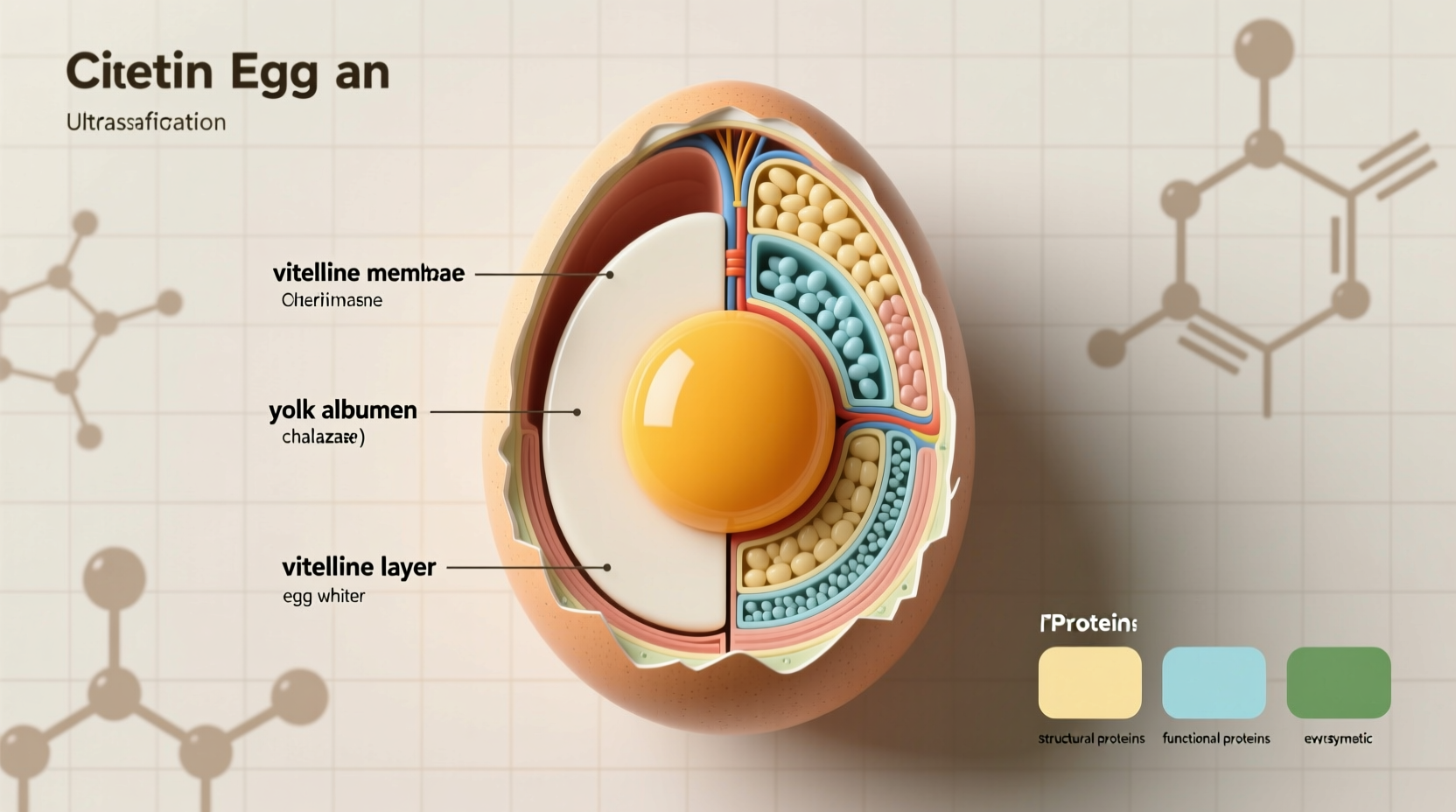Understanding where eggs fit in food classification systems transforms how you plan meals and optimize nutrition. Whether you're tracking macros, managing dietary restrictions, or simply curious about nutrition science, knowing eggs' proper category prevents common meal planning mistakes that could undermine your health goals.
Why Eggs Are Classified as Protein, Not Dairy
Despite common confusion, eggs have never been part of the dairy group. The USDA MyPlate guidelines consistently categorize eggs with protein foods alongside meat, poultry, seafood, beans, and nuts. Dairy products must come from mammal milk - a biological distinction eggs don't meet since they're avian reproductive products.
| Classification System | Egg Category | Key Reasoning |
|---|---|---|
| USDA MyPlate | Protein Foods Group | High biological value protein (6g per large egg), complete amino acid profile |
| American Heart Association | Lean Protein Source | Focus on heart-healthy preparation methods without added saturated fats |
| Dietary Guidelines for Americans | Protein Foods | Nutrient density including choline, selenium, and B vitamins |
| Canadian Food Guide | Protein Foods | Emphasis on plant and animal protein sources for balanced nutrition |
Egg Classification Evolution: A Historical Timeline
Eggs' nutritional understanding has evolved significantly. In the 1940s USDA food guides grouped eggs with milk due to similar calcium content. By 1980, scientific advances revealed eggs' primary nutritional value comes from protein and micronutrients, not calcium. The 1992 Food Guide Pyramid established eggs firmly in the meat/protein group, where they've remained through today's MyPlate system.
Practical Applications for Different Dietary Needs
Knowing eggs' protein classification helps optimize meal planning:
- For muscle building: Pair eggs with complex carbs like oats for post-workout recovery
- For weight management: Use eggs as your primary protein source at breakfast to increase satiety by 50% compared to carb-heavy options (per Academy of Nutrition and Dietetics)
- For vegetarians: Eggs serve as complete protein when combined with dairy (ovo-lacto vegetarian diets)
- For budget cooking: One dozen eggs provides 72g protein for approximately $2.50 - making them America's most cost-effective protein source

Common Misconceptions Clarified
Myth: Eggs are high in unhealthy fats
Fact: One large egg contains 5g total fat with only 1.6g saturated fat. The American Heart Association now recognizes eggs as part of heart-healthy diets when prepared without added saturated fats.
Myth: Egg yolks should be avoided for cholesterol control
Fact: For 70% of people, dietary cholesterol from eggs doesn't significantly impact blood cholesterol. Only about 30% of population ("hyper-responders") need to moderate intake (per National Institutes of Health research).
When Classification Gets Complicated
Certain contexts create classification nuances worth noting:
- Commercial food manufacturing: Egg products may be classified differently in processed foods (e.g., egg whites as leavening agents)
- Religious dietary laws: Jewish kosher rules classify eggs as pareve (neutral), separate from meat and dairy
- Foodservice operations: Restaurants often group eggs with breakfast items rather than protein categories for menu planning
These context boundaries matter when interpreting nutrition labels or following specialized dietary protocols, but don't change eggs' fundamental nutritional classification.
Maximizing Egg Nutrition: Practical Tips
Boost your egg nutrition without extra cost:
- Cook with vegetables - spinach and mushrooms increase nutrient density by 30%
- Avoid high-heat frying which can oxidize cholesterol (opt for poaching or soft-boiling)
- Combine with vitamin C-rich foods like tomatoes to enhance iron absorption
- Use whole eggs - yolks contain 90% of eggs' calcium, iron, and B vitamins
These evidence-based techniques transform ordinary eggs into nutritional powerhouses while maintaining their proper protein food group classification.











 浙公网安备
33010002000092号
浙公网安备
33010002000092号 浙B2-20120091-4
浙B2-20120091-4